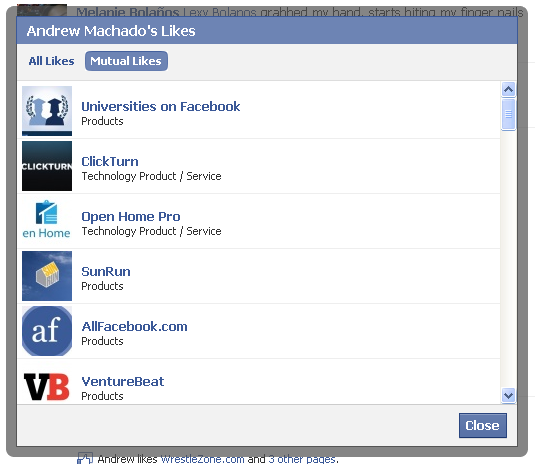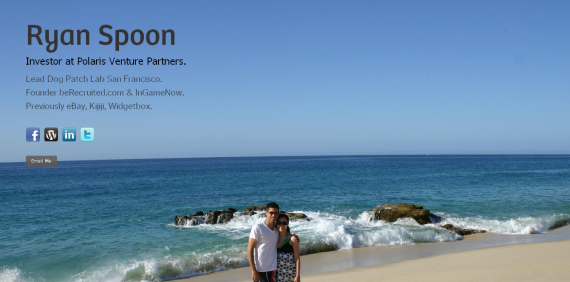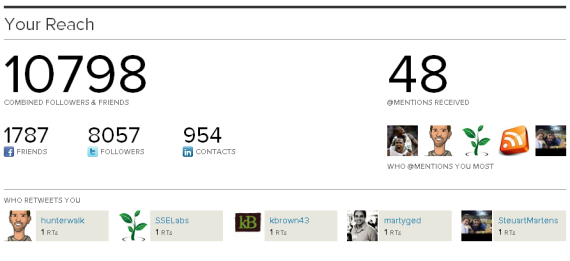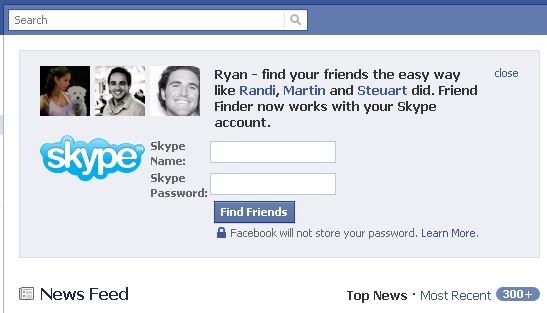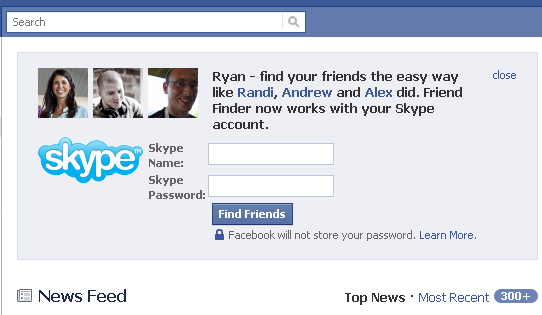A big congratulations to Thing Labs, the makers of Brizzly, who were acquired by AOL today. Brizzly will continue to exist and be a part of AOL. (Thing Labs is a Polaris company and Dogpatch Labs graduate)
And equally importantly, the Thing Labs team will play a major role at AOL - which I could not be more excited about. Jason Shellen and Christopher Wetherell of Thing Labs, two terrificly talented leaders and product thinkers, will lead AOLs AIM and Lifestream products. From AOL's release:
"The Brizzly team will play a key role in helping AOL provide consumers with the best possible venues to discover and share content with each other. Over time, AOL expects to integrate aspects of the Brizzly service into its popular Lifestream product, its social aggregator and publisher, and AIM, AOL’s flagship messaging platform. The Brizzly team will join AOL’s Consumer Applications Group, where Thing Labs Founder and Chief Executive Officer Jason Shellen and Christopher Wetherell, Vice President of Product and Engineering, will lead the AIM product suite, including Lifestream."
A big congratulations and we are all excited to see what happens with AOL's social products... which now have a killer team at the helm.
More on TechCrunch and ThingLabs.
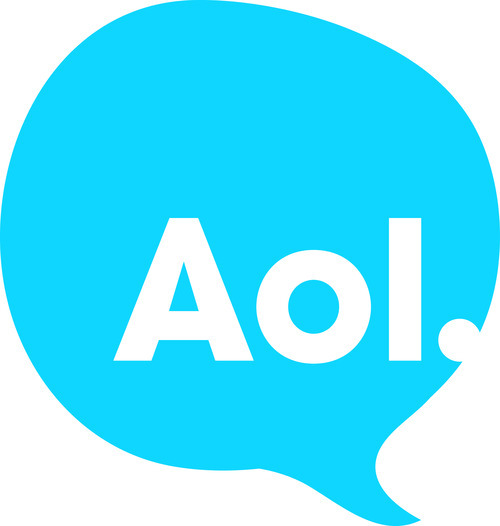
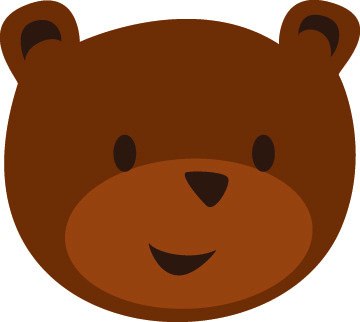

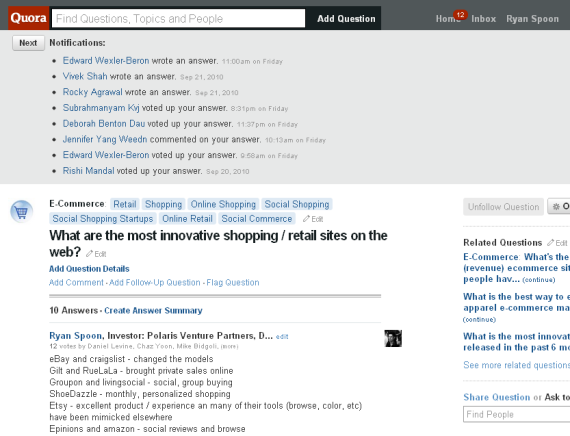



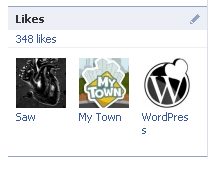 Very straightforward. More interesting is that you can also view "mutual likes": the overlapping likes of that person and you.
Very straightforward. More interesting is that you can also view "mutual likes": the overlapping likes of that person and you. 